There can be your advertisement
300x150
Egg House and 5 Other Most Unusual Buildings in Moscow
These structures stand out even against the backdrop of the capital's incredible architectural diversity
In our selection are extraordinary Moscow houses that surprise with their peculiar architectural style and original structural elements.
Among them are pre-revolutionary buildings and kitsch postmodernist structures. Thanks to their uniqueness, these houses have entered the list of Moscow landmarks.
Egg House
 Photo: Rinterest.ru
Photo: Rinterest.ruAddress: 1 Mashkova St.
A four-story building in the shape of a Fabergé egg has become one of the main symbols of Lужkovskaya architecture, known for its profusion of decoration, mixing elements of different styles, and festive, playful appearance of buildings.
The building was erected as a side addition to a new multi-story building in 2002 according to the project of architect Sergey Tkachenko. It covers an area of 342 square meters and includes a foyer, hall, sauna, two kitchens, dining room, living room, two bedrooms with balconies, and a large attic. There is also an elevator and underground garage.
Today, the Egg House is shown to tourists as one of Moscow's landmarks. Moreover, the owners have been trying to sell it for several years now: the current price tag on this mansion is about 433 million rubles.
House on Legs
 Photo: Rinterest.ru
Photo: Rinterest.ruAddress: 34 Begovaya St.
The House on Legs, or the House of Forty Legs, is an architectural project by Andrei Meerzon, completed in 1978. Its main feature is 20 reinforced concrete pillars, making the building resemble a giant hut on chicken legs. Each pillar narrows toward the base, creating an effect of instability and unsteadiness. The house itself expands upward: each of its 13 floors is larger than the previous one.
Originally built as a hotel for participants of the 1980 Summer Olympics in Moscow, it later became housing for workers of the aviation plant "Znamya Truda," so this building is also known as the Aviator's House.
Bullseye House
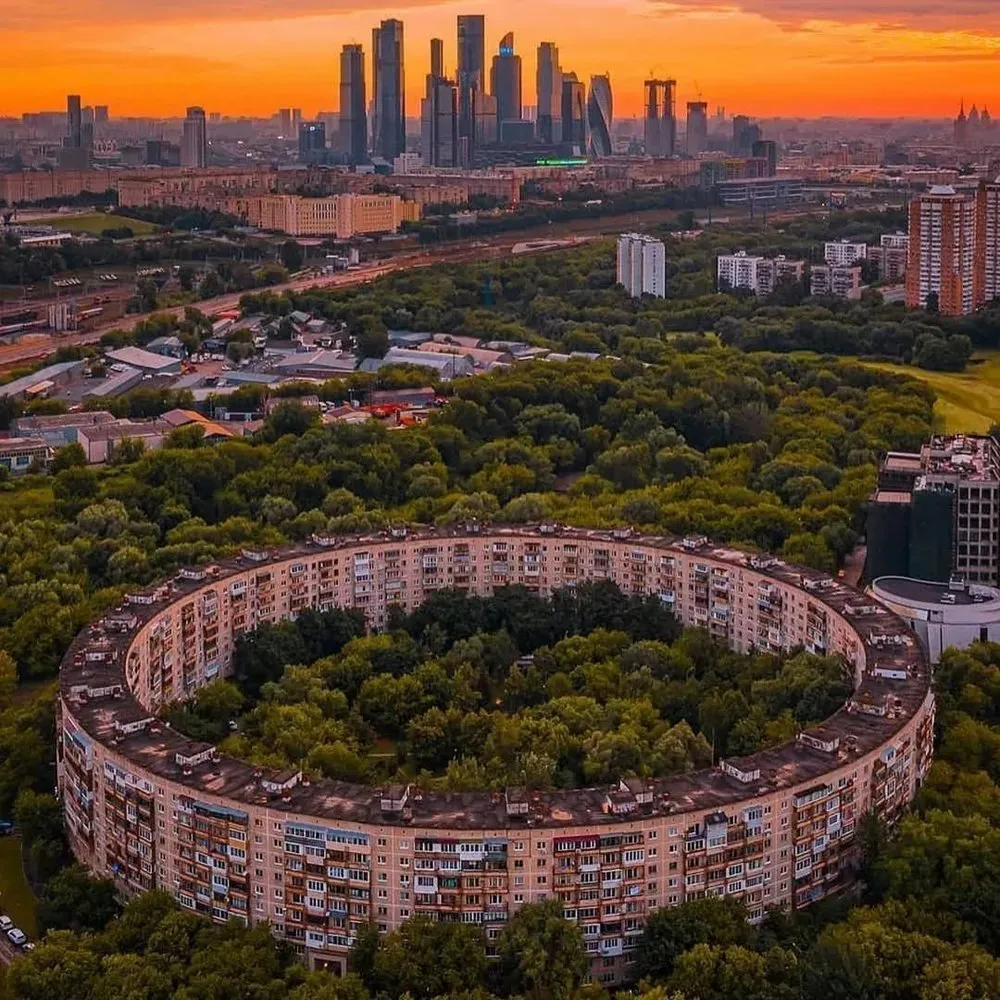 Photo: Rinterest.ru
Photo: Rinterest.ruAddress: 13 Nizhinskaya St.; 6 Dovzhenko St.
The Bullseye House is the first circular house in Moscow. It was built in 1972 on the western side of Moscow before the Summer Olympics, according to a design by architect Eugen Stamo and engineer Alexander Markelov.
According to their concept, five houses similar to Olympic rings were supposed to appear in Moscow. However, the implementation of this idea turned out to be too expensive, and only two houses were built, with the second one constructed seven years after its twin.
One of these Bullseye Houses has 26 entrances. It seems like in this perfect fortress, it would be convenient to maintain defense during a zombie apocalypse...
Horizontal Skyscraper
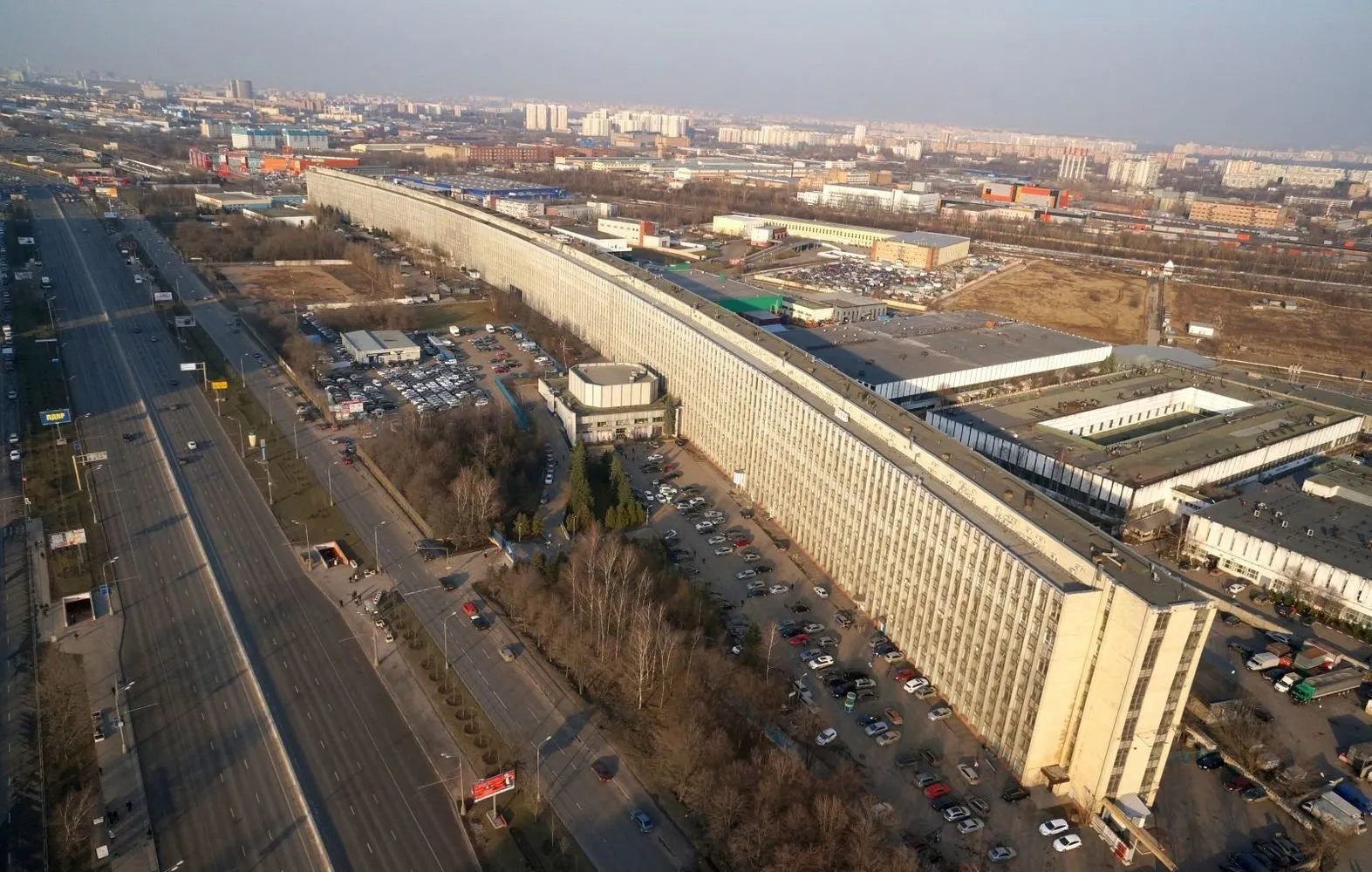 Photo: Rinterest.ru
Photo: Rinterest.ruAddress: 125 Varshavskoye Shosse
This is the longest house in Moscow, located on Varshavskoye Shosse. It was built in 1970.
The length of this remarkable structure is 978 meters, nearly a kilometer. On one side alone, the building has 1650 windows. If it were standing upright, it would contain approximately 400 floors.
To travel from one end of the house to the other, you can take a bus — the length of the building spans three public transport stops.
Ship House
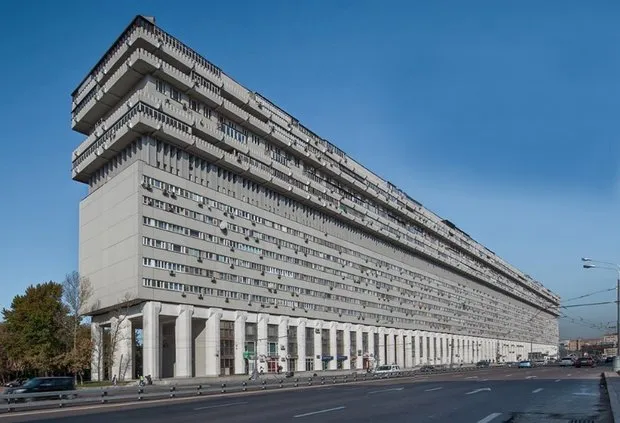 Photo: Rinterest.ru
Photo: Rinterest.ruAddress: 2 Bolshaya Tulskaya St.
The huge Ship House, also known as the Atomist's House, was built in 1981 by the Ministry of Atomic Industry of the USSR.
This is a 14-story building, a vivid example of Soviet modernism. The upper rows of glazed balconies make it look like a cruise ship. Against the backdrop of surrounding low-rise buildings, the panel "Titanic" stands out with its impressive dimensions (400 meters in length and over 50 meters in height).
Tea House
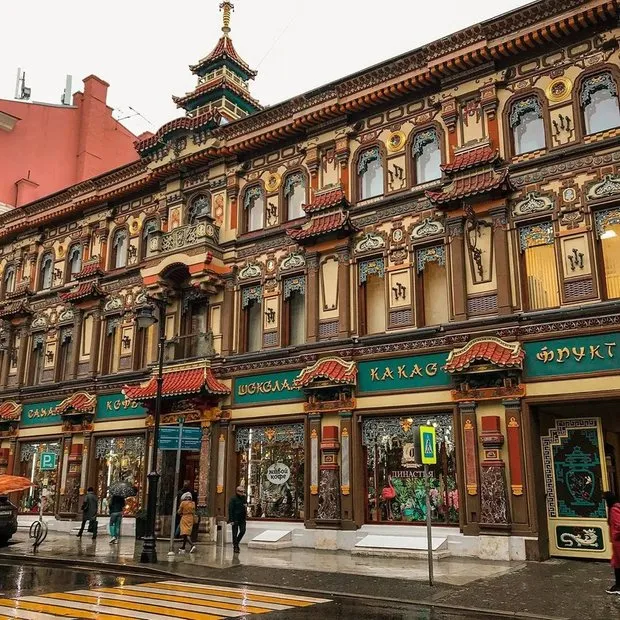 Photo: Rinterest.ru
Photo: Rinterest.ruAddress: 19 Mechnikovskaya St.
In the center of Moscow there is a very beautiful fragment of ancient China — the Tea House Perlov. The building was constructed following the order of tea merchant Sergei Perlov in 1875, but it initially looked completely different: its style belonged to the Renaissance. Chinese architectural features were added in 1895, when preparations were underway for the arrival of Li Hongzhang — one of the most influential officials of the Qing Dynasty in the 19th century. The facade of the house was decorated with Eastern patterns, dragon and snake sculptures, and a pagoda tower was installed at the center of the roof — a traditional element of Chinese architecture.
Li Hongzhang was supposed to stay in the Perlov House, but chose another location as a hotel. Nevertheless, the grand effort of decorator Karl Gipius did not go to waste — Moscow gained one of its most magnificent landmarks.
After the revolution, the Tea House was used as a residential building, and by 1990 it had fallen into decay and required major repairs. Today, the fully restored building houses the largest tea shop and bakery in Moscow.
More articles:
 Top-5 Tiny Kitchens in Khrushchyovkas with IKEA Furniture
Top-5 Tiny Kitchens in Khrushchyovkas with IKEA Furniture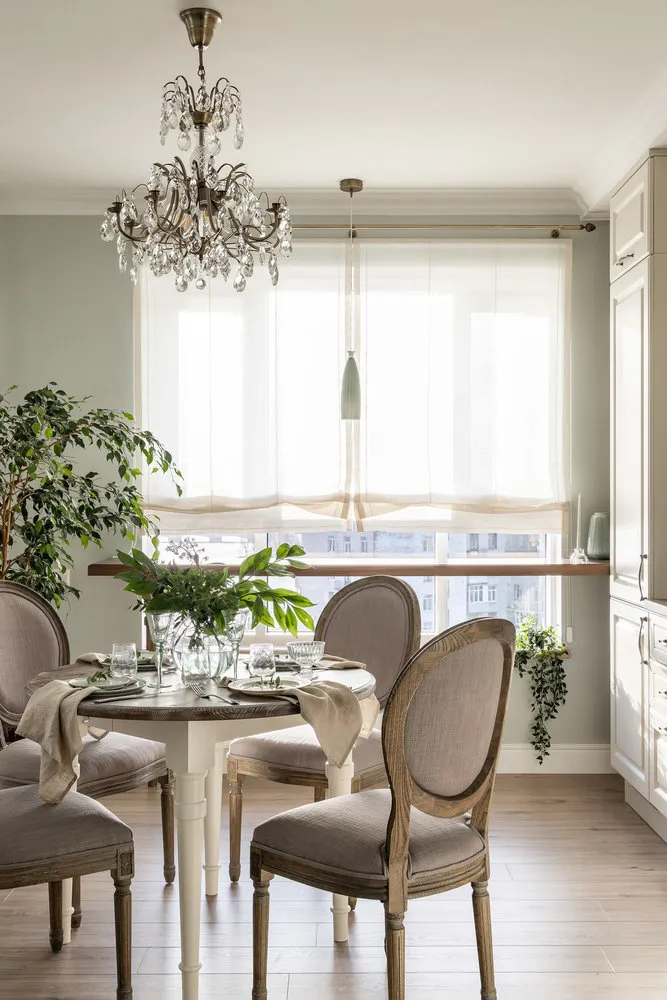 Unusual Solutions: 11 Cool Design Hacks from Our Projects
Unusual Solutions: 11 Cool Design Hacks from Our Projects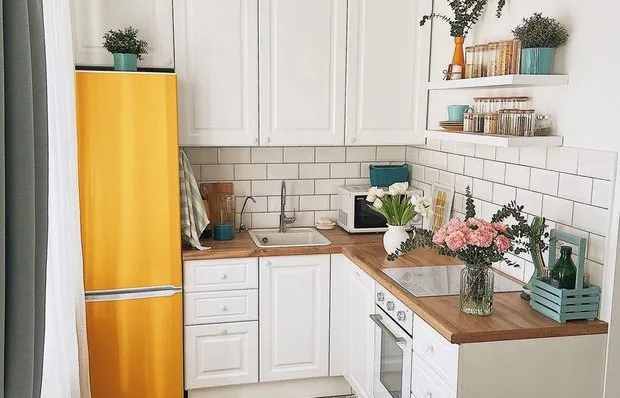 How We Transformed a 6 sq m Dead Micro-Kitchen in a Brezhnev-Era Apartment (Photos Before and After + Prices)
How We Transformed a 6 sq m Dead Micro-Kitchen in a Brezhnev-Era Apartment (Photos Before and After + Prices) 6 Cool Bloggers' Kitchens That You Can Admire Forever
6 Cool Bloggers' Kitchens That You Can Admire Forever Smart renovation of a 29 sqm micro-apartment for 900 thousand rubles
Smart renovation of a 29 sqm micro-apartment for 900 thousand rubles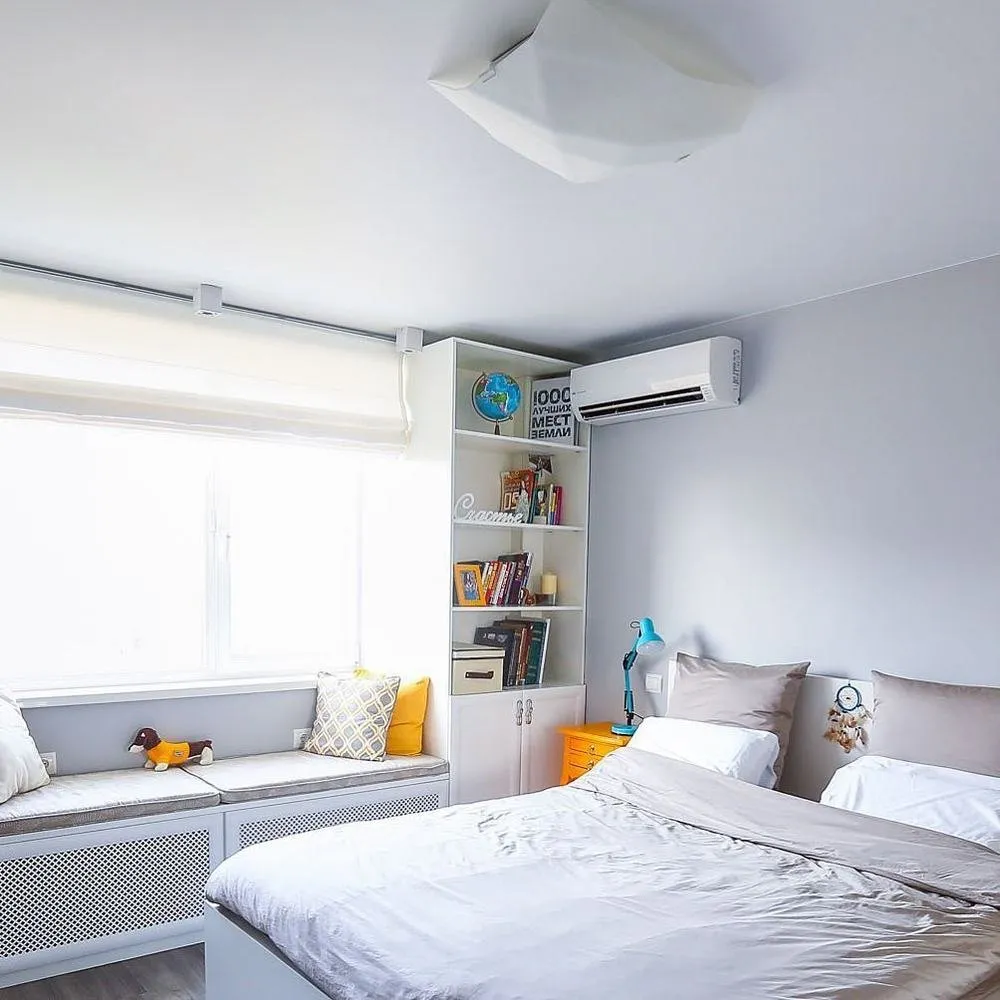 Cozy Scandinavian bedroom 15 m² with thought-out storage systems
Cozy Scandinavian bedroom 15 m² with thought-out storage systems 7 Cool Storage Tips for Small Apartments
7 Cool Storage Tips for Small Apartments 7 resort countries to visit this summer
7 resort countries to visit this summer